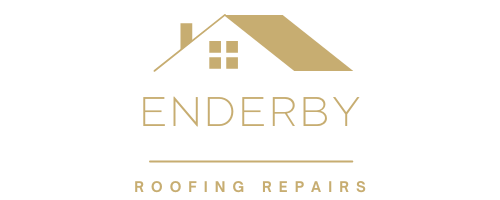Introduction: Proper insulation is a critical component of any roofing system, especially for flat roofs with significant potential for heat loss and gain. Effective insulation not only enhances the energy efficiency of a building but also improves interior comfort and reduces heating and cooling costs. This blog post discusses various strategies for incorporating insulation into flat roofs, achieving optimal thermal performance and durability. Enderby Roofing Repairs is dedicated to ensuring that your flat roofing solutions meet and exceed the standard requirements for insulation.
Understanding the Importance of Flat Roof Insulation
Flat roofs pose unique challenges for insulation because they typically have less airflow space than pitched roofs. Flat roofs can experience problems such as thermal bridging, condensation, and significant energy loss without proper insulation. Therefore, selecting the right insulation method and materials is crucial for maintaining a stable indoor environment and prolonging the roof’s lifespan.
Types of Insulation for Flat Roofs
- Rigid Foam Boards
- Overview: One of the most popular choices for flat roofs, rigid foam boards offer excellent thermal resistance and can be installed above or below the roof membrane.
- Materials: Common materials include expanded polystyrene (EPS), extruded polystyrene (XPS), and polyisocyanurate (polyiso). Each has different properties in terms of R-value (thermal resistance), moisture resistance, and compressive strength.
- Spray Foam Insulation
- Overview: Spray polyurethane foam (SPF) can be applied directly to the underside of the roof deck or on top of an existing roof structure. It provides a continuous insulation layer and acts as an air barrier.
- Benefits: SPF adjusts to the roof shape, filling gaps and reducing thermal bridges. It also adds structural rigidity to the roof and offers excellent water resistance.
- Cover Boards
- Overview: Adding cover boards over insulation can enhance the roof system’s durability, providing additional protection against physical damage, fire, and water infiltration.
- Common Types: Cover boards can be made from wood fibre, perlite, glass-mat gypsum, or cement.
Insulation Installation Techniques
- Cold Roofs: This method leaves a ventilation space between the insulation and the roof deck. Ensuring adequate ventilation is crucial to prevent condensation, which can degrade insulation and cause structural damage.
- Warm Roofs: More common in commercial buildings, this technique places insulation above the roof deck and directly beneath the waterproofing layer, with no ventilation gap. This setup minimises thermal bridging and condensation issues.
Considerations for Insulating Flat Roofs
- Waterproofing: Proper waterproofing is vital when insulating flat roofs to prevent water ingress that can damage the insulation and roof structure.
- Condensation Risk: An effective vapour barrier should be installed to prevent condensation within the insulation layers, which could lead to mould growth and material degradation.
- Load-Bearing Capacity: The roof’s structural capacity must be assessed, especially when adding heavy insulation materials that increase the load on the building’s structure.
- Maintenance and Repairs: Consider the ease of access for future maintenance and repairs when designing the insulation system. Some systems, like those using rigid boards, may be easier to handle and repair than others.
Conclusion: Incorporating the right insulation strategies in flat roofs enhances energy efficiency, prolongs the roof’s lifespan, and ensures indoor comfort. Building owners can make informed decisions about their roofing systems by understanding the types of insulation available and considering factors such as climate, building codes, and structural requirements.
Call us on: 0116 216 3997
Click here to find out more about Enderby Roofing Repairs
Click here to complete our contact form and see how we can help with your roofing needs.

